MicroLeaves
Remove MicroLeaves from Windows 10 : Block MicroLeaves
Look at various different errors caused by MicroLeaves 0x00000098, 0x00000074, 0x8024C006 WU_E_DRV_SYNC_FAILED Driver synchronization failed., 0x80244014 WU_E_PT_INVALID_COMPUTER_LSID Cannot determine computer LSID., 0x80240016 WU_E_INSTALL_NOT_ALLOWED Operation tried to install while another installation was in progress or the system was pending a mandatory restart., 0x0000000D, 0x00000065, 0x000000DB, 0x000000C9Safely Remove MicroLeaves From Infected Windows System
MicroLeaves is a harmful program which is reported to infect number of Windows System. Like other Windows System infection, it also intrude silently in its targeted Windows System. It is difficult to detect its existence because the threat run all its malicious process in the background of Windows System. The first thing this threat do after invasion is to modify Windows System settings. Through this way it get the persistence to execute its malicious services freely. Most of the user don't know how this threat come in their Windows System because it comes via tricky ways like bundled with software, spam email, infected site etc. This nasty program not let you do any activity properly even you can't surf Internet properly. In addition, it is also reported for bringing other malware which badly damage the Windows System. Presence of this threat also put your privacy on risk. So if you don't want to suffer these issue then Remove MicroLeaves now.
Method 1 : Start Your Windows System In Safe Mode With Networking
Method 2 : Removing MicroLeaves From Control Panel
Method 3 : Removing MicroLeaves From Registry Editor
Method 4 : Block Related Process To MicroLeaves From Task Manager
Method 5 : Removing MicroLeaves From Firefox
Method 1 : Start Your Windows System In Safe Mode With Networking
For Windows XP/Vista/7
- Open the 'Start' menu > click on 'Restart' option.
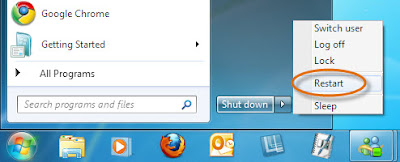
- Continue pressing 'F8' button when the Windows System start booting.
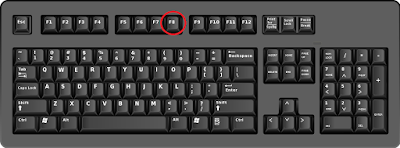
- It will open 'Advance boot menu' on the screen.

- Now choose 'Safe Mode With Networking' > press Enter.

For Windows 8/10
- Go to 'Start' menu and click on 'Restart' button by holding shift button.

- From the opened window, Select 'Troubleshoot' option.

- After that click on 'Advanced' Options.
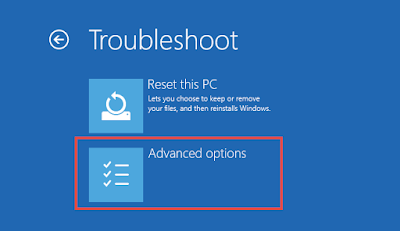
- Then Select the 'Start-up Settings' option.

- Choose 'Enable Safe Mode option' then click on Restart.

- Finally select 'Safe Mode With Networking'.

Method 2 : Removing MicroLeaves From Control Panel
Remove MicroLeaves From Windows XP
- From the start menu, click on 'control panel'.
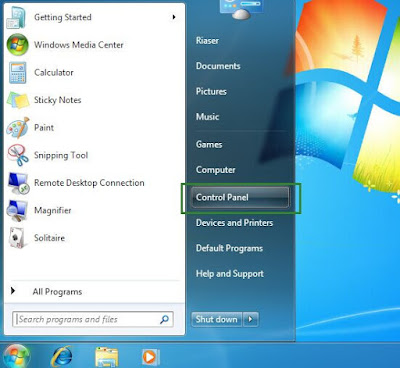
- Then go to Add or Remove programs option.
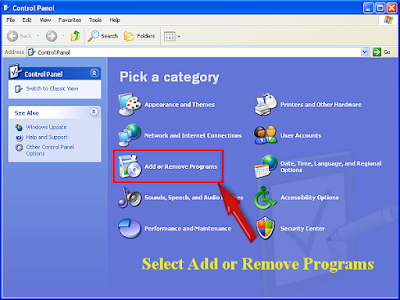
- Find out and Remove MicroLeaves related program from Windows System.
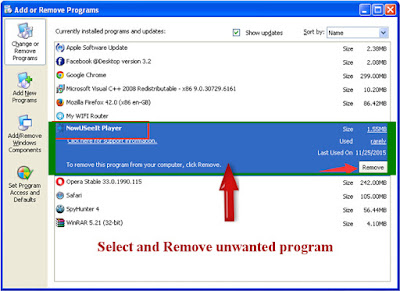
Remove MicroLeaves From Windows 7
- First of all, press the 'Windows' button.

- Then select Control Panel from start menu.
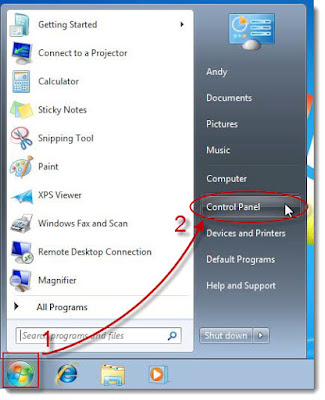
- From the program menu, select remove a programs option.
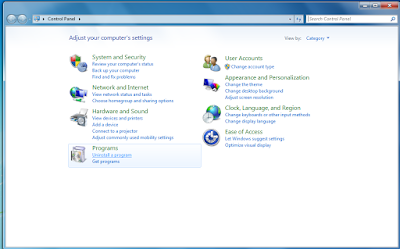
- Then select MicroLeaves related program and remove them.
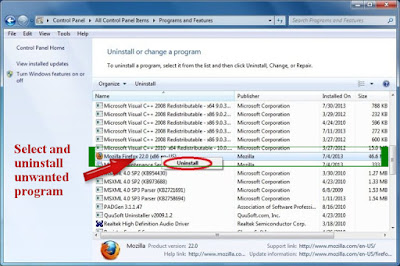
Remove MicroLeaves From Windows 8
- Open the Run Box by pressing Win+R key together.

- In the Run box type 'control panel' and press Enter.

- Then Click on the uninstall a program option.

- Right-click on MicroLeaves related, click on remove option.

Remove MicroLeaves From Windows 10
- From the start menu select the Settings option.

- Then you have to select system option.
- Then click on the Apps and Features option.

- Search for MicroLeaves related program and Remove them.

Method 3 : Removing MicroLeaves From Registry Editor
- You have to press Win + R keys together to open Run window.
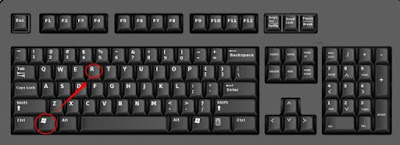
- After that type 'regedit' in the box and click on OK.
- Find out MicroLeaves related registry and Remove them.
HKEY_LOCAL_MACHINESYSTEMCurrentControlSetServicesWpm
HKEY_CURRENT_USERSoftwareMicrosoftInternet ExplorerMain 'Default_Page_URL'
HKEY_LOCAL_Machine\Software\Classes\MicroLeaves
HKEY_CURRENT_USER\Software\Microsoft\Windows\CurrentVersion\Run '.exe'
HKCU\Software\Microsoft\Windows\CurrentVersion\Internet Settings\random
HKEY_LOCAL_MACHINE\SOFTWARE\Microsoft\Windows\CurrentVersion\run\random
HKEY_CURRENT_USER\Software\Microsoft\Windows\CurrentVersion\Internet Settings 'CertificateRevocation' = ’0



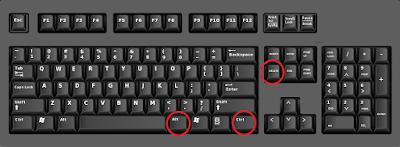
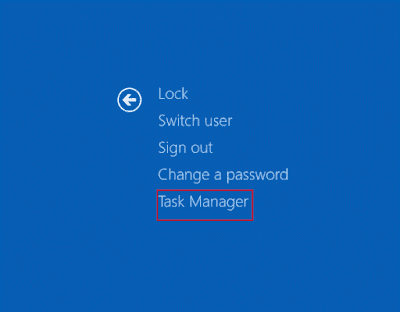
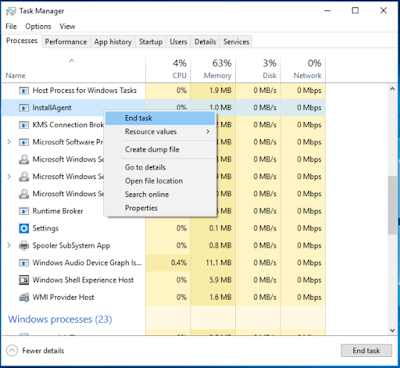
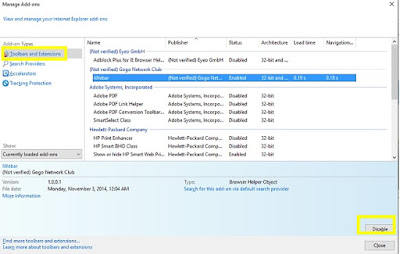

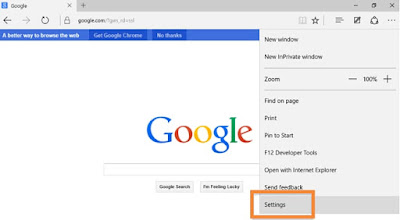
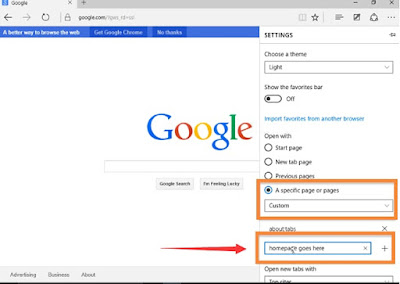
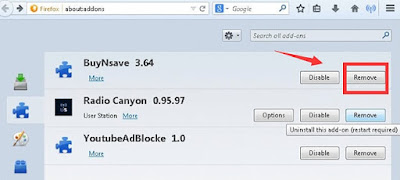
No comments:
Post a Comment